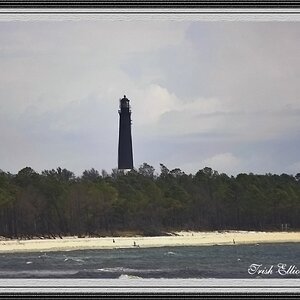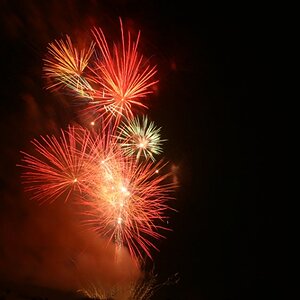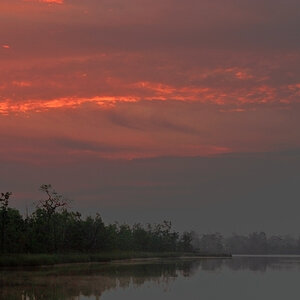CherpeAr
TPF Noob!
- Joined
- May 24, 2018
- Messages
- 38
- Reaction score
- 17
- Location
- Indiana
- Can others edit my Photos
- Photos NOT OK to edit
Been practicting a Little with my new equip when I have time. Man it is tough! I really have a new appreciation for photographers now.
I like my new camera and lenses but getting the exposure right is tough. They’re either over exposed or under.
I’ve been very adamant about doing the settings myself which is why. I don’t want to use automatic.
If anyone has any tips feel free to let me know.
Just feeling like a failure
I like my new camera and lenses but getting the exposure right is tough. They’re either over exposed or under.
I’ve been very adamant about doing the settings myself which is why. I don’t want to use automatic.
If anyone has any tips feel free to let me know.
Just feeling like a failure


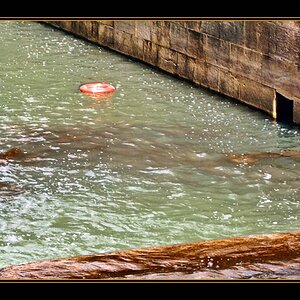
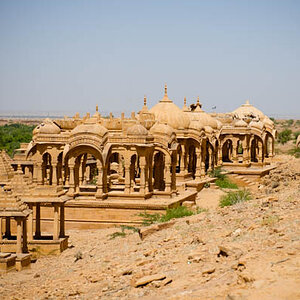

![[No title]](/data/xfmg/thumbnail/41/41862-7cc80b10f9effd079847b9dd210dbe2a.jpg?1619739925)
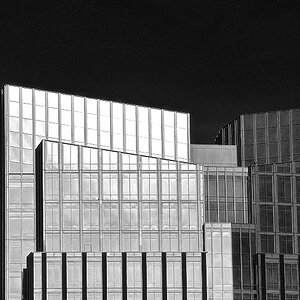
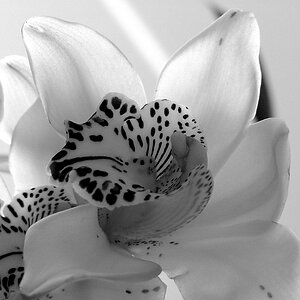
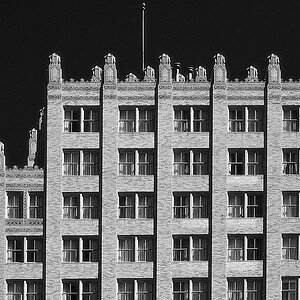
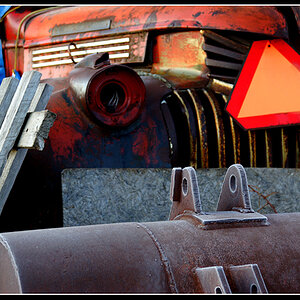
![[No title]](/data/xfmg/thumbnail/33/33024-f9a0cb6482030fec791845de1a21c82a.jpg?1619735837)
